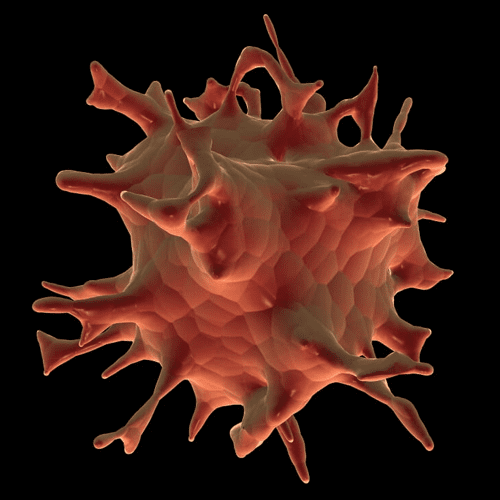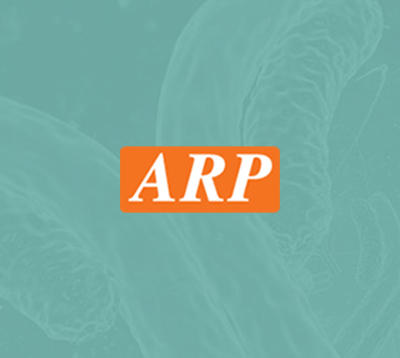Platelets
Platelets
Platelet product focus
Platelets or thrombocytes are one of the four main components of blood which also includes plasma, red blood cells (erythrocytes) and white blood cells (leukocytes). Platelets do not contain a nucleus but do retain other cellular features. They are small and very short lived, typically between 5 and 7 days. They are derived from megakaryocytes and express lower levels of CD34 and higher levels of CD41 and CD42b as they differentiate. Their main function in blood is to initiate blood clotting but they have also been proposed as playing a role in the innate immune system and other immunomodulatory activities [1]. When activated, platelets express a wide variety of cell surface markers which help mediate their function, including CD62P, CD63, CD31 and CD154 (CD40L) [2].
Platelets respond quickly to injury of the blood vessel in a multi-stage process [3]. First the platelets adhere to the subendothelial extracellular matrix of the blood vessel. This involves binding of cell surface markers such as Glycoprotein Ib-IX-V complex (GPIb-IX-V), GPVI and α2β3 integrin to von Willebrand factor and collagen in the ECM. Next the platelets adhere more firmly and change morphology to flatten to the vessel wall and start to form the blood clot or thrombus. Activated platelets within the thrombus continue to recruit new platelets from the circulation. Platelet activation also results in the release of granules of which 3 main types have been identified (dense granules, α-granules and lysosomes) and together they contain over 300 different active substances [4,5]. Dense granules contain the largest variety of small molecules (over 200) including histamine, serotonin, calcium, magnesium, 5-HT, ADP, GDP and ATP. α-granules contain larger molecules such as thrombospondin (TSP1), P-selectin (CD62P), CD63, vWF, prothrombin and factors V, XI and XIII. Some substances released from α-granules are involved in blood haemostasis but a large number are involved in innate immunity. Finally, lysozymes tend to release substances involved in degradation such as acid proteases.
The wide number and diversity of molecules released from platelets as well as the variety of cell surface markers they express mean they play a pivotal role not just in blood homeostasis but also innate and adaptive immunity, tissue homeostasis and inflammation.

References
- Garraud O, Cognasse F. Are Platelets Cells? And if Yes, are They Immune Cells?. Front Immunol. 2015;6:70. Published 2015 Feb 20. doi:10.3389/fimmu.2015.00070
- Dewitte A, Tanga A, Villeneuve J, et al. New frontiers for platelet CD154. Exp Hematol Oncol. 2015;4:6. Published 2015 Mar 1. doi:10.1186/s40164-015-0001-6
- Holinstat M. Normal platelet function. Cancer Metastasis Rev. 2017;36(2):195–198. doi:10.1007/s10555-017-9677-x
- Golebiewska EM, Poole AW. Platelet secretion: From haemostasis to wound healing and beyond. Blood Rev. 2015;29(3):153–162. doi:10.1016/j.blre.2014.10.003
- Yun SH, Sim EH, Goh RY, Park JI, Han JY. Platelet Activation: The Mechanisms and Potential Biomarkers. Biomed Res Int. 2016;2016:9060143. doi:10.1155/2016/9060143




